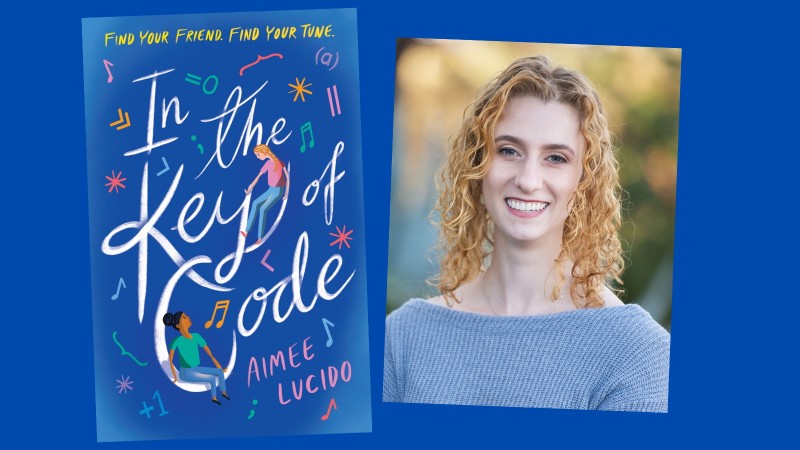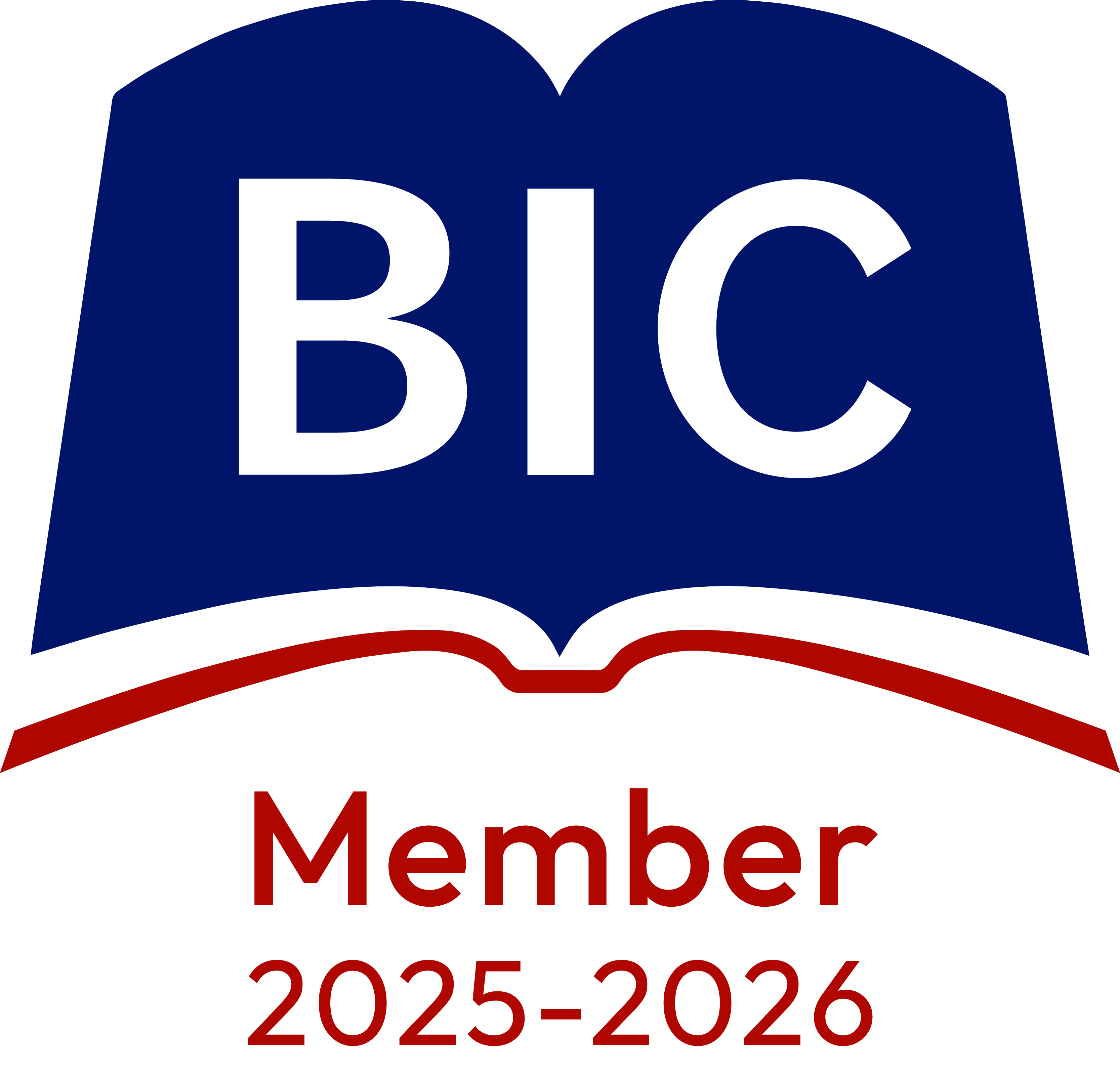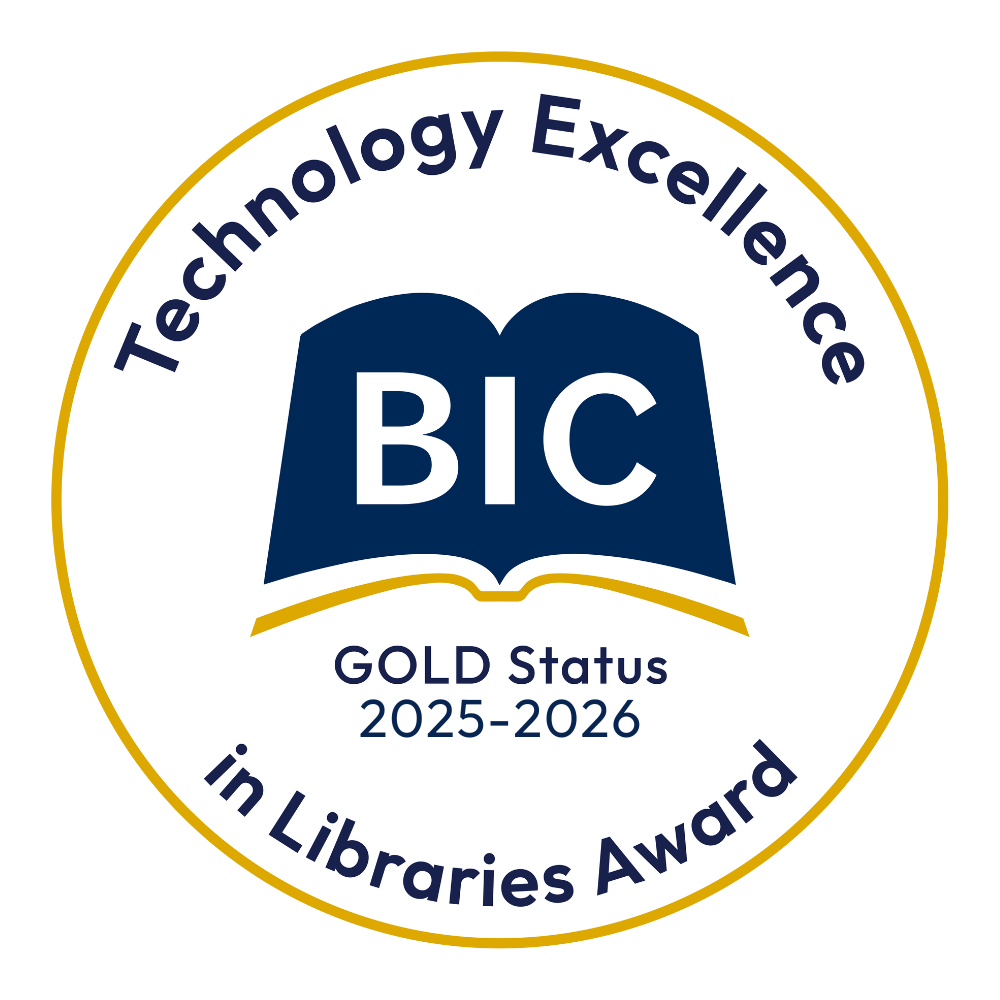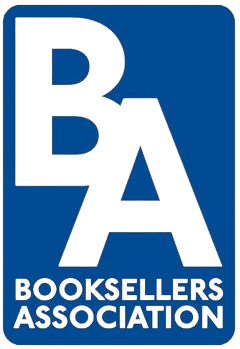Please note: We will continue to deliver your books and furniture until Thursday 18 December for schools, and Tuesday 23 December for public libraries. We will then close for the Christmas break, with deliveries resuming from Monday 5 January 2026. We wish all of our customers a very merry Christmas and a Happy New Year!
For help, advice and telephone ordering call our team on 0121 666 6646
Are you sure you wish to delete this basket?()
This action cannot be undone.
Sorry, something went wrong
Please report the problem here.
In the Key of Code by Aimee Lucido

February 24th 2021
Aimee Lucido's In the Key of Code is an original, heartwarming novel about a lonely new girl and an unlikely friendship formed in a school coding club.
When twelve-year-old Emmy’s musical family moves to California so her dad can take a job with the San Francisco Symphony Orchestra, Emmy has never felt more out of tune. But when she ends up in a computer science club, she finds that she can understand code through a language she is familiar with: music. Slowly, Emmy makes friends with Abigail and the two girls start to discover their voices through the programming language of Java.
In the Key of Code has been longlisted for the 2021 Carnegie Medal. We caught up with Aimee to find out about her inspiration for the book.
I spent ten years living two opposite lives.
By day I was working at a high-intensity tech company, building Android apps that were used by millions of people. I could write code one week that would deploy the next, and by the third week I could be working on something totally different.
But during my nights and weekends, however, I was working on something much slower-paced. Something that would most likely only be seen by exactly three people—me, my academic advisor, and my mother. Something that I couldn’t seem to stop doing no matter how much sleep I was losing over it.
During my nights and weekends, I was trying to write books for kids.
My two lives rarely intersected. Some of my software friends knew I was an aspiring children’s book author, and some of my writing friends knew I built mobile apps for a living, but whenever I’d mention this duality to someone new, I was always met with the same quizzical look and some version of the comment “Really? But they’re so… different!”
I understand why people think software engineering and creative writing are opposites. People imagine software engineering to be a robotic enterprise. In computers, things are binary: one or zero, true or false, right or wrong. But writing is all about the middle ground: morally grey characters, the ambiguity of language, the subjectivity of readership.
In addition, many people imagine that the people who write code couldn’t be more different from the people who write books. They imagine coders to be mathematical, left-brained, and often men, while they imagine writers to be creative, right-brained, and often women.
But the thing is, coding and writing never felt like opposites to me. In fact, they often felt like one and the same.
Both writing and coding involve holding large amounts of data in your head at once. They involve building complex, interconnected webs of information, as well as using creative problem-solving techniques to fix issues as they arise. Both writers and coders ascribe meaning to the smallest bits of information—punctuation, white space, individual words—and they agonize over whether they are conveying their vision in the best way possible.
So why does everyone think coding and writing are such opposites?
The idea for In the Key of Code came to me while reading an entirely different novel in verse: The Red Pencil. The Red Pencil has nothing whatsoever to do with computer code, and yet, the entire time I was reading it, I couldn’t stop thinking about how it reminded me of a coding language called Python. Both relied heavily on tabs and newlines and spaces, both peppered their language with colons, and all at once I was struck with the idea to write a novel in verse that used code as a poetic device.
This idea was so exciting to me that I dropped the book on the spot and started writing code poems about an eleven-year-old girl who was new in school and was trying to figure out the rules of her environment. She would use if statements to decide where to sit at lunch, while loops to determine who her friends were, variables to remember important information, and, if I could pull it off, the reader would absorb it all as nothing more than a story. They would learn bits of how code works without even realizing they were learning.
At the time, the format was the most exciting part of In the Key of Code to me. But as the manuscript evolved, I began to realize how much Emmy’s story paralleled my own.
Emmy is a girl who straddles the gap between a “creative” world—music—and a “mathematical” world—coding. And at first, she thinks of the two as opposites. But almost as soon as she begins learning how to code, Emmy discovers the music of it. And as the story crescendos, she realizes these two worlds aren’t as opposite as everyone seems to think. She begins to use her technical gifts to make music—both literal and metaphorical--and as I, the author, worked on Emmy’s story, I began to realize my two worlds of coding and story-telling weren’t quite so opposite either.
Often, as students, we learn things in silos. We have history class, math class, English class, art class, but this striated education model leaves much to be desired. We forget that a knowledge of history provides context for the books we read in English class. We ignore the fact that the ability to create clear and beautiful visuals is invaluable in explaining complex scientific topics. We neglect the fact that kids who play musical instruments tend to score better on math tests.
It’s often only when we leave the world of the classroom that we realize how artificial these educational silos are. Even in my most technical of software roles, I was giving presentations, documenting my code, and writing emails. Even in my most creative of literary roles, I was managing my website, using complicated software, and sometimes even writing small Python scripts.
So, what would happen if we blurred these educational lines earlier? What if we taught math in music, physics in physical education, art in biology? What doors might we open up inside of kids’ brains and hearts and passions? What might we miss out on if we don’t?
There are no silos in learning. There is just understanding.
I hope readers of In The Key of Code find in Emmy an example of how the “opposites” in our lives really aren’t that opposite after all. Nothing in life is as simple as just one or zero, melody or harmony, poetry or code. The lines blur, the music swells, the pages turn, and the story marches on.
In the Key of Code is out now from Walker Books.




